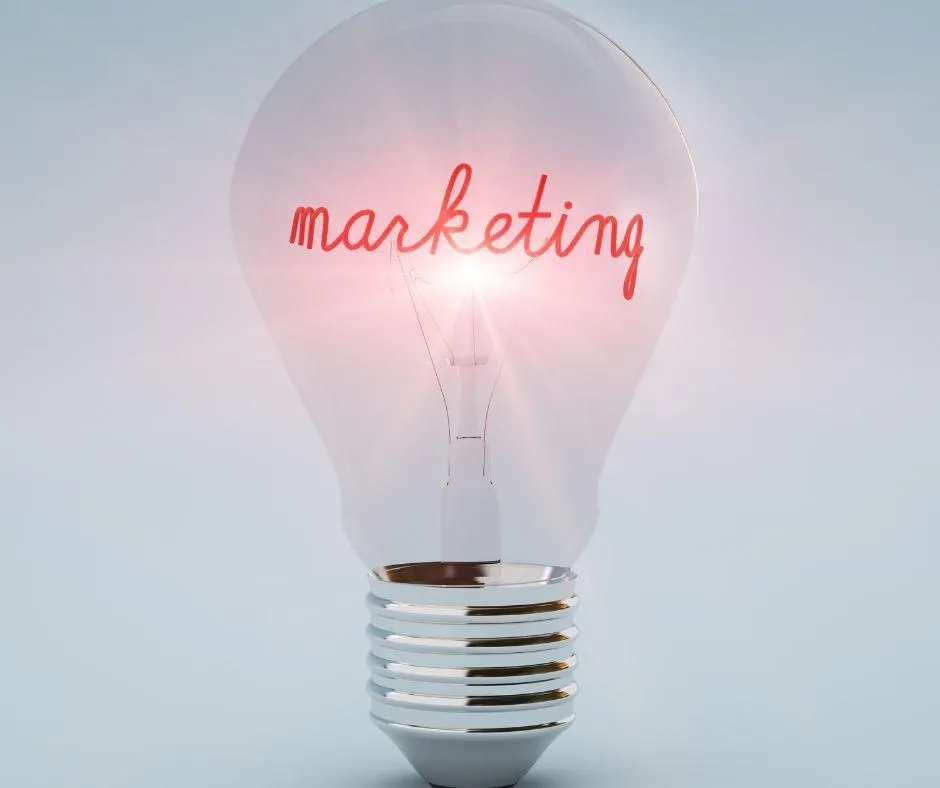
The Ultimate Guide for Accounting Marketing in 2023
These are the most important marketing strategies for accountants. We understand time is valuable and this ultimate guide will help you start marketing in no time!
Through these steps, my company was able to understand, target, and connect with you.
If you are new to marketing, I will explain how you can master it with just 12 steps.
Let’s begin:
1. Marketing Strategy
Before you start spending money on ads or campaigns, it’s crucial to have a marketing strategy in place.
A marketing strategy can be divided into these pieces:
Mediums
Personas
Optimization
When you know where, who, and how you are speaking, marketing will come naturally to you.
2. Website Optimization
Every company needs a website. If you do not have one, you are missing crucial opportunities for your business.
However, it is not over with just having a website. You must optimize it with your marketing strategy in mind.
A website should feel natural to the reader. Also, it should feel secure. Without these two components, there is no chance of converting.
3. SEO (Search Engine Optimization) + Keyword Research
Now that you have a website, you must learn how to optimize it for your audience.
When you are searching for something on Google, you type specific keywords. Only the websites with those keywords appear in the results.
Now, think like your customer (remember the marketing strategy) and write like them. Also, you can use different websites to perform keyword research and understand which has the most search volumes.
4. Google Listing
Without certain elements, it’s impossible to appear on Google’s results. Remember whenever you are searching, do you go back to the 3rd or 4th page? Most probably NOT!
With a clear domain name and correct keywords, you are closer to rank on the first page.
In other words, with the right elements, your business will find customers.
Here is a great article to start with.
5. Social Media Optimization
After finishing website fundamentals, it’s time to start with social media. Also, it’s time to refer to our marketing strategy.
Think like your customer again.
Where are they spending their time?
Which social media apps do they use the most?
How do they spend their time online?
After answering these 3 questions, you can focus on certain channels.
Remember, understanding where you are speaking is crucial for a marketing strategy to work.
6. Hashtag Research & Implementation
Your social media page works the same way as your website.
You must write in their language to show up in their feeds.
However, you need to perform hashtag research on each app for correct optimization. Hashtags help people find specific information on social media.
7. Blog Posts
Another way to appear in your customer’s searches is through blog posts.
You can answer simple questions or develop advanced content (like this blog post).
Each business works for a different customer. Understand your customers and start writing for them.
8. Customer Relationship Management (CRM) Optimization
Now that you have multiple social media channels and a website, it is time to set up your system to keep your prospective customers’ contact information.
After acquiring customers, it’s crucial to keep them. With a CRM, you can maintain your customer information without risking losing it. In addition, a CRM is the best way to nurture and communicate with your clients.
There are multiple ways to optimize CRM. Find the best one and start building connections.
9. Landing Pages
Landing pages are crucial for conversions. What is great about landing pages is that they keep the customer focused on one offer at a time.
When a customer finds your landing page, it is critical to guide them through their purchase. Therefore, create a landing page that speaks to them directly.
If you have their information, like their email address, you can send a landing page directly to them as well.
10. Email Marketing
Say you have a list of customer emails from your landing page or website: how do you keep selling to them?
Email marketing allows you to sell to those who are most interested. You can sell a special package or free online webinar, products, or services...
The main difference is that the rate of conversion is exponentially higher than a random person browsing through the internet.
The second or third sale from the same customer or prospective customers are higher than getting the first sale.
11. E-Books
If you want to build a prospective client list or provide additional value to your existing clients, you can create an E-Book.
This is the ultimate type of long-form content. You can explain in more detail what makes you great, why you are an expert in your field, and build confidence and trust. You can create an E-Book to explain it in detail.
Also, you can market the E-Book as a form a free value add resource in lieu of acquiring email addresses.
12. Lead Generation Campaigns
Now that you have completed marketing fundamentals, it is time to get into ads.
In this step, it is crucial to understand your customer thoroughly. You are investing time and money, and you do not want to waste any of it.
There are 3 types of campaigns you can create:
Discovery: Your customer thinks they have a problem.
Consideration: Your customer knows their problem, and they are looking for a solution.
Acquisition: Your customer knows how to fix the problem, and they are ready to solve it.
Think like your customer again. Create an ad that speaks to them depending on your desired campaign. Then, watch how the analytics grow.
13. (Extra Step) Hire a Professional to Start
Marketing is one of the most difficult parts of any business and it comes prior to any sale!
It takes immense time and effort to successfully develop and deploy it.
If you need someone to help you start, schedule time to speak with us.